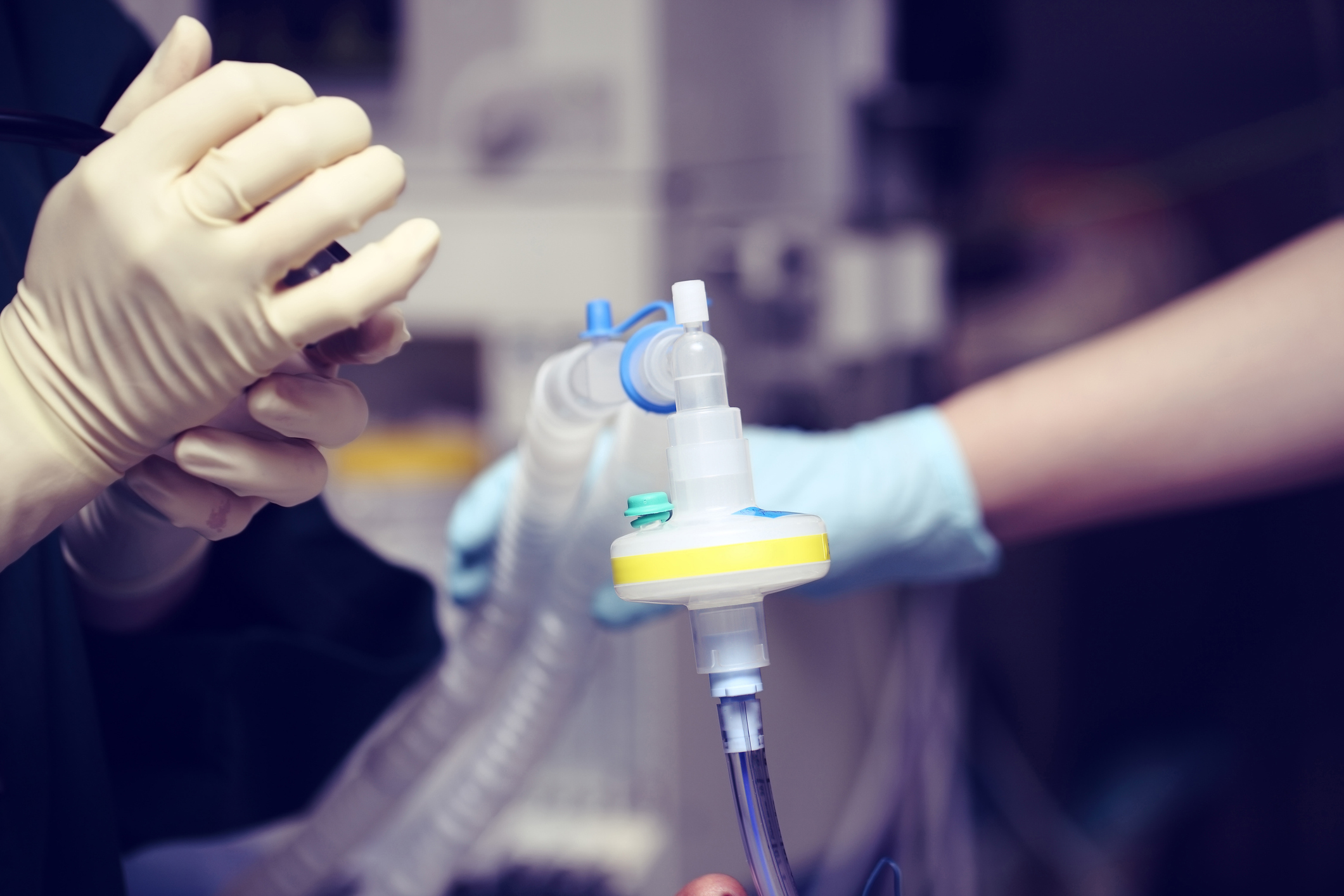Ultrasound Detection of Repositionable Endotracheal Tube
TECHNOLOGY NUMBER: 2018-397

OVERVIEW
Precise endotracheal tube position confirmation using ultrasound- A small divot in the middle of the cuff to permit ultrasound evaluation of location
- Expanded access to placement confirmation in settings where chest x-ray is unavailable
BACKGROUND
Patients who require medical intervention to maintain a patent airway or support breathing are intubated with an endotracheal tube (ETT). ETTs require precise placement in the trachea. Malpositioned endotracheal tubes (ETTs) are associated with significant morbidity and mortality, particularly in vulnerable populations such as critically ill infants and young children, where a 5-10 mm malpositioned ETT can have dire consequences. The rate of malpositioned ETTs in neonates is as high as 29-50%. Unplanned pediatric extubations have an associated increase in hospital costs and an increase of 6.5 days/case length of stay. The current gold standard for confirming appropriate ETT position in intubated patients is the chest x-ray (CXR). CXRs are obtained following each intubation to determine adequate initial ETT position, and following excessive patient movement or manipulation when there is a risk for ETT displacement or extubation. CXRs are not available bedside, expose the patient to increasing levels of radiation, and can be confounded by other medical equipment supporting patient care.
INNOVATION
Researchers at the University of Michigan have developed a cuffed, ultrasound-detectable ETT (USD ETT) comparable to currently used cuffed ETTs. The subtle, yet impactful, design change in the USD ETT is a slight divot in the middle of the cuff. This divot allows the clinician to accurately image the ETT with a portable ultrasound unit at the bedside. With the added capability of portable ultrasound imaging, appropriate ETT placement can be confirmed in care settings where CXR is not available or appropriate for use, including operating rooms, pre-clinical settings, intensive care units, emergency rooms, and during cardiac arrest.